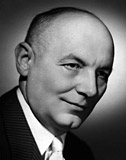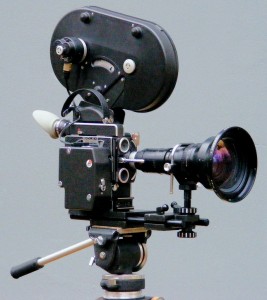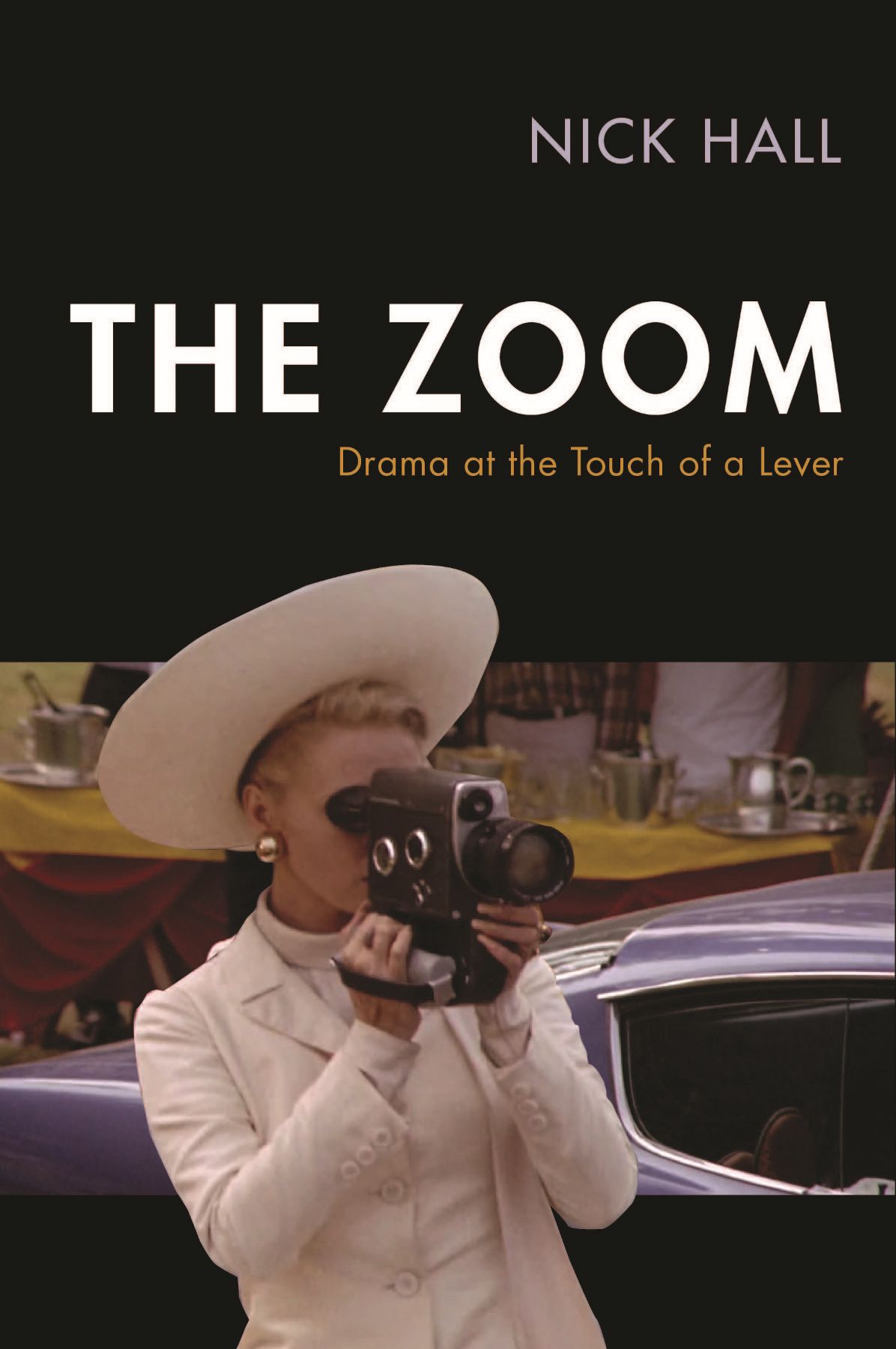Pierre Angenieux made one of the 20th century’s most substantial contributions to zoom lens, as the leading inventor behind the first 10x zoom lens for motion picture cameras.
Angenieux spent a long career in film innovation, beginning in 1930 with a collaboration with Abel Gance and Andre Debrie on the development of the Pictographe. In 1975 his son, Bernard, recalled how Pierre’s “first job was with one of the Pathé companies involved in the motion picture process. He was given the assignment of developing a color system […] That was the job he had when he married my mother and thefirst thing he said was: ‘I‟ve got to work, so we will go and spend four months of the Riviera, where they are shooting a movie’”
By the early 1950s Pierre Angénieux has gained substantial experience in lens design, having worked for the French firm ASIOM (Association Scientifique et Industrielle pour l’Optique et la Mécanique) and then in a small factory of his own. The famous 10x Angenieux lens had its roots in an earlier 17-68mm lens which had been developed from 1953 and was launched in 1958. The process started with Pierre Angénieux making lens design calculations with the help of logarithmic tables and two assistants borrowed from the firm’s accounting department, and ended with the company employing a dedicated team of staff in addition to an IBM Gamma 3 computer. Patrice-Hervé Pont’s history of the Angénieux firm reports that the lens was a huge success, the company making over 70,000 copies of the lens, many for export.
From around 1961, Angénieux and company began to manufacture its new zooms: a 12mm to 120mm, with a maximum aperture of ƒ/2.2 for 16mm cinematography (Pont 193), and a 25mm to 250mm with a maximum aperture ƒ/3.2 for 35mm cinematography. According to Pont’s account, the lenses were identical in basic design, each consisting of 14 optical elements arranged in 10 groups. For 16mm cameras the lens was produced in two essential designs: one with an integrated reflex viewfinder enabling a camera operator or director to monitor framing and focus even if the lens was mounted on a non-reflex camera; and another, without the additional weight and expense of a viewfinder, designed for reflex cameras.
Angénieux 10x lenses represented a significant improvement over those already on the market, with a higher optical quality and a longer range of focal lengths which enable filmmakers to obtain wide, telephoto, and ‘normal’ focal lengths without changing lens. They made possible some of the more extreme zoom effects seen in European and American cinema during the 1960s and 1970s, and therefore played a significant role in determining the ‘look’ of cinema during that period.
However, it would be a mistake to think that the Angénieux lenses represented a radical breakthrough: they were, instead, an incremental development, building on earlier devices (such as the Pan Cinor), and it seems unlikely that they would have caught on as quickly as they did in Hollywood had the Zoomar and Pan Cinor lenses not paved the way in film and television.
Further reading: A great deal of information about Angénieux lenses, zoom and otherwise, can be found in Patrice-Hervé Pont’s French-language book Angénieux (Paris: Éditions du Pécari, 2003). See also Herb Lightman’s article “The Angenieux Story” in American Cinematographer vol. 56 no. 3 (March 1975): pp 326-8+.


